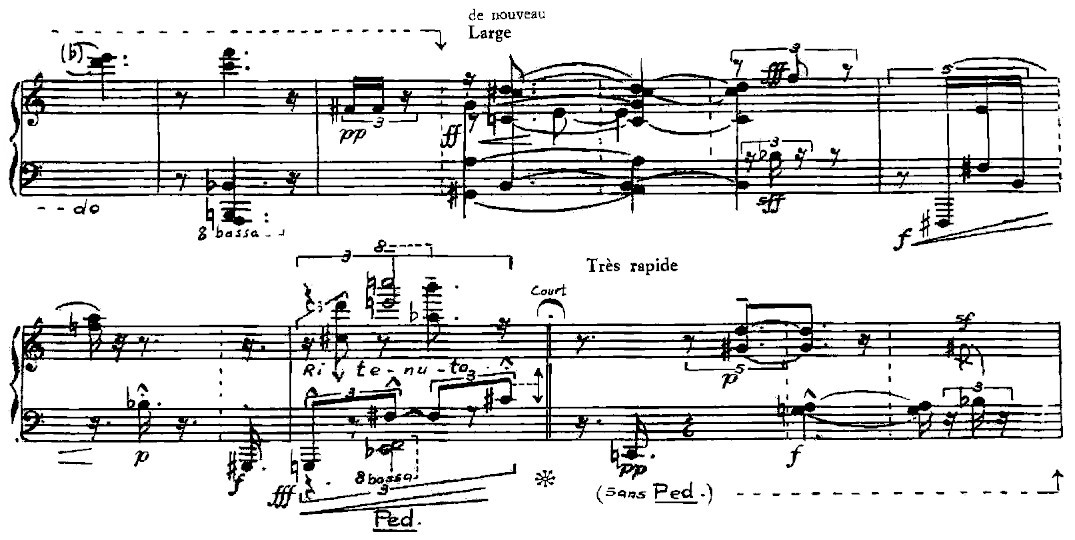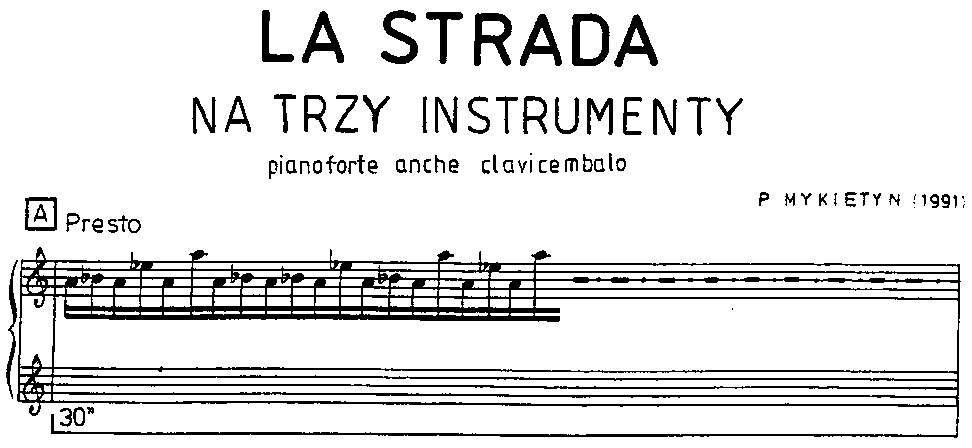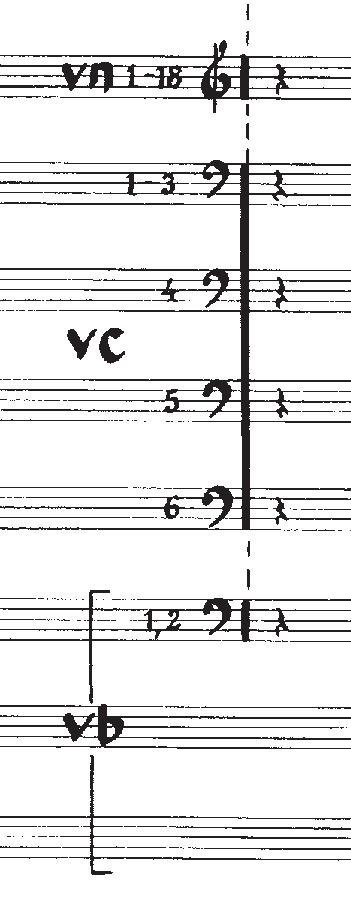lilypond house style
| lab brief | practice a unique engraving style with lilypond. |
| keywords |
|
| conducted | JL 2020/06/04–ongoing |
purpose
method
library
fonts
results
library
Curation of prior engravings have been collected here: bycomposition

lettering


glyph

fonts

- Petaluma, SMuFL music font (github.com)
- osifont, ISO 3098 standard drafting font (github.com)
- half note stroke widths
- size and general lettering family of the time signature (in particular the
4
) - general clef shapes
- lettering and music stroke width mismatch
- number styling mismatch between lettering, tuplets, and time signatures
- pervasive lilypond unbalanced spacing
- rest styling